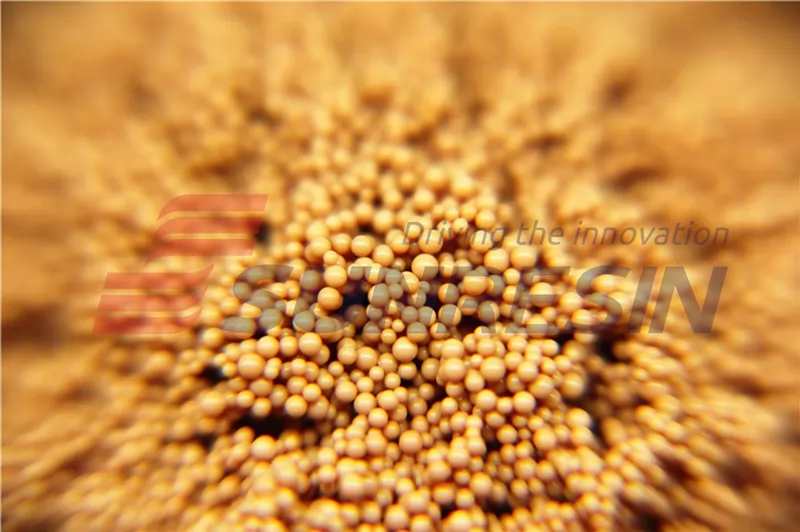
What Is the Chelating Resin and Its Application?
Brief introduction of Chelating Resin
Chelating resin is a kind of cross-linking functional polymer materials which can form multi coordination complex with metal ions. The mechanism of metal chelating resin adsorbing metal ions is that a stable structure similar to small molecule chelates is formed after the coordination reaction between functional atoms on resin and metal ions. The adsorption mechanism of ion exchange resin is electrostatic. Therefore, compared with ion exchange resin, the binding force of chelate resin to metal ions is stronger, which is of high selectivity. It can be widely used in the recovery and separation of various metal ions, the separation of amino acids, hydrometallurgy, pollution prevention and so on.

Application Field of Chelating Resin
The metal chelating resin is widely used in hydrometallurgy, analytical chemistry, marine chemistry, medicine, environmental protection, geochemistry, radiochemistry and catalysis. It can not only be used as a metal ion chelate agent, but can also be used as a catalyst for oxidation, reduction, hydrolysis, olefin addition polymerization, oxidative coupling polymerization and other reactions, as well as for the resolution of racemates of amino acids and peptides. The mechanical, thermal, optical and electromagnetic properties of the chelate resin have been changed after it combines with metal ions to form complex. With this property, polymer chelates can be made into high temperature resistant materials, photosensitive polymers, UV resistant agents, antistatic agents, conductive materials, adhesives and surfactants. Resin is a kind of cross-linking functional polymer material which can form multi coordination complex with metal ions.















